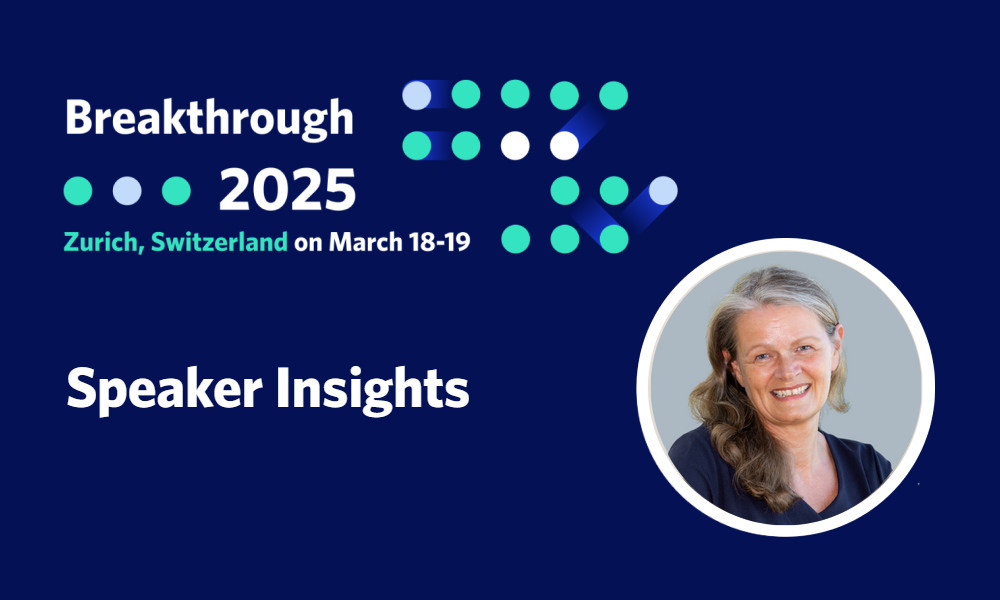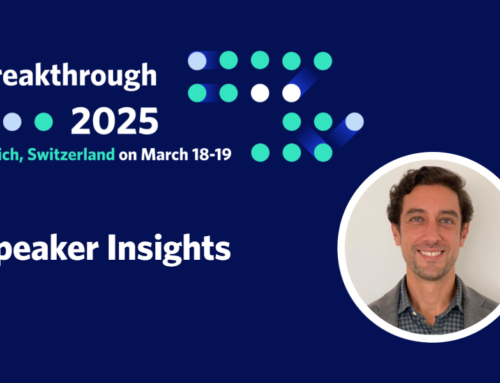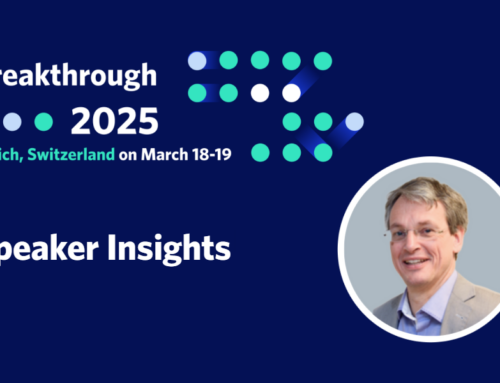The beauty of an advanced technology platform like LifeSphere is the numerous different ways pharma R&D functions can use it to transform the work they do. At Breakthrough 2025, Claudia Lehmann, Head of Global PSPV Operations at Boehringer Ingelheim, joined a user panel discussing the impact of NavaX, the powerful AI and machine learning engine which powers the platform. Here, she shares her takeaways from the session.
ArisGlobal: What were you hoping would come out of this session? 
Claudia Lehmann: I was interested to learn about the different approaches companies are taking in implementing the technology – and new processes – and how that varies by the size of the company. Also, to hear how others are navigating innovation, change, and associated decision-making. There isn’t a one-size-fits-all answer, so it’s good be inspired by the way others are going about this.
ArisGlobal: What approach has Boehringer Ingelheim taken?
Claudia: In PSPV Operations & Systems at Boehringer Ingelheim, we have taken initial small steps with a very contained business case, focusing on a handful of applications. These include the intake of unstructured data. The strategy has been to test what’s possible with NavaX, and determine what the ROI might be if we then apply the technology more broadly.
Other companies prefer to go very broad from the outset, which is just a different approach. There is no right or wrong. Ultimately, all roads lead to Rome. I think our approach remains a good one, but that we need to keep our eyes on the next steps. We can’t afford to be complacent and wait 1-2 years to see how things go, before looking at what we do next with NavaX. We must use the experience we’re gathering now to fuel next use cases, while also assessing a broader-spectrum approach to applying the technology.
ArisGlobal: What are likely to be your next use cases?
Claudia: We’ve made a great first step in using AI technology in our regulated PV process, and in determining how to measure that, and how to react quickly together with ArisGlobal to improve the implementation if needed. We’ve done this on a small scale up to now, making it easy to oversee everything.
Now we need to consider how to scale that up. For example, how can we combine structured and unstructured data, which represents the bulk of our cases? How can we use NavaX to improve quality here, and reduce the level of manual work we do? That’s our overall vision, so we can focus human brain capacity where it adds value.
ArisGlobal: Was there anything you heard from the panel that you are keen to act on?
Claudia: I was fascinated by the initial presentation by Jason Bryant, ArisGlobal’s AI expert, around the next capabilities of AI, especially around generating insights. Everyone’s aspiration from the technology is to make sense of the data we have. I think of it as an additional pair of eyes: AI might show us somewhere else to look – beyond where our human way of thinking might take us.
There is of course greater potential in the whole area of drug discovery. As far as the PV function is concerned, I’m very interested also in the scope to use insights to predict and plan our daily work in terms of workflow, resource allocation, and oversight – across signaling, ICSR (safety report) submissions, and so on.
ArisGlobal: Across Breakthrough 2025 as a whole, was there anything else that inspired you?
Claudia: I took part in a second panel which was thought-provoking. It considered the way marketing authorization holders should engage with vendors or service providers in the light of advanced technology.
It is great to see that a lot of our peers are holding three-way meetings now, with their technology provider and service partners to see what new process efficiencies are possible, and how they can work together to craft the future. How would the process change, and how might the three parties work together to maximize the available efficiencies while maintaining a strong engagement? It has always been our approach not to just use new technology on top of existing processes; the full benefit can only be achieved if we combine new process and new technology.
ArisGlobal: Finally, what were your thoughts on the latest NavaX/LifeSphere roadmap?
Claudia: We’ve been encouraged by the leap in performance with the latest AI and large language model use with NavaX. Seeing these powerful AI capabilities integrated as part of the process, with the ability to retain a strong oversight of quality, has been very significant.
We see real potential to go further with our automation now – e.g. to find adverse events in literature articles or other unstructured text information. The potential is increasing all the time to expand AI use to additional practical use cases. That was probably my most exciting takeaway from the last months leading up to Breakthrough 2025: that these things are possible today.
- Claudia Lehmann is Head of Patient Safety and Pharmacovigilance Operations at Boehringer Ingelheim.





